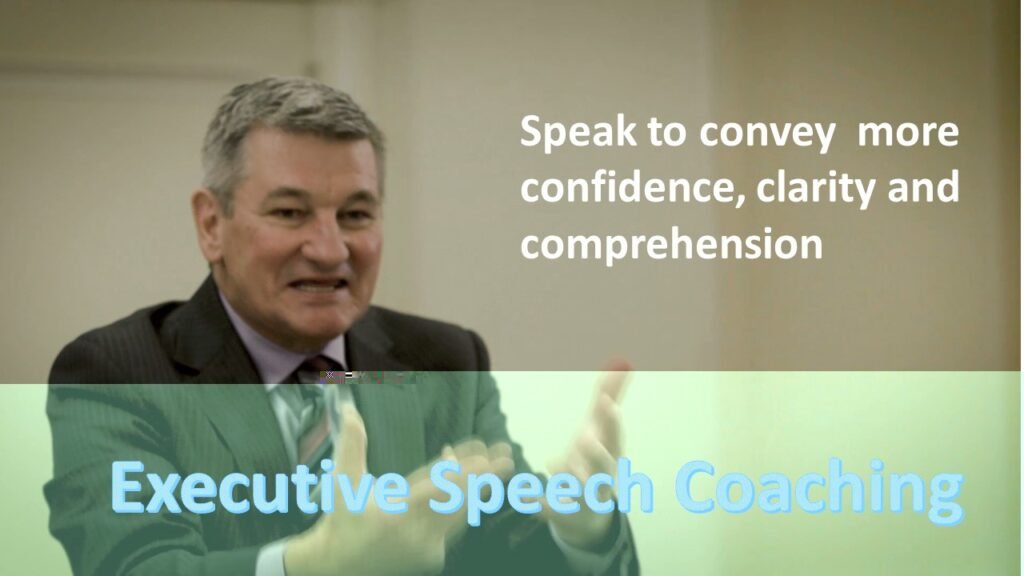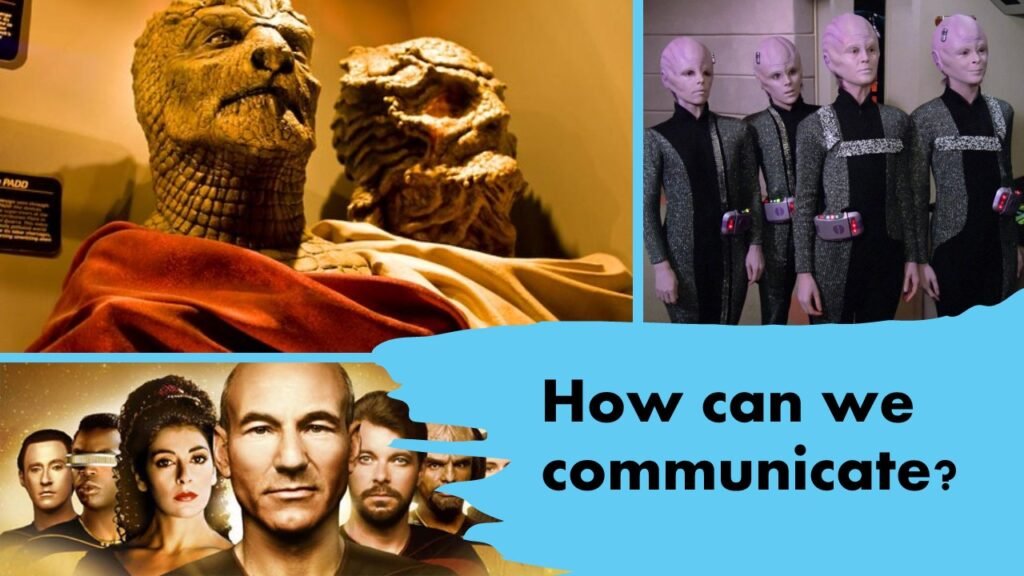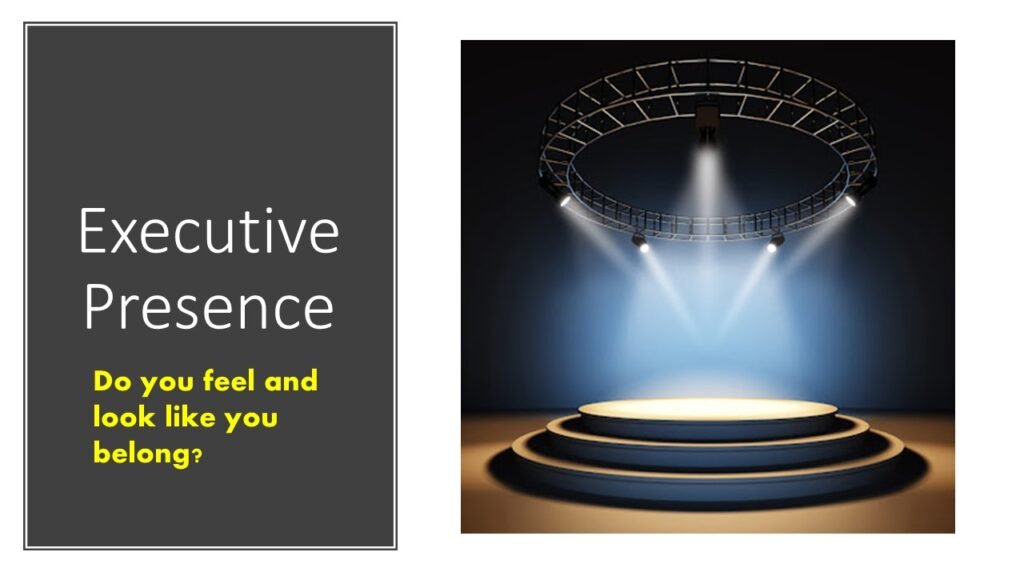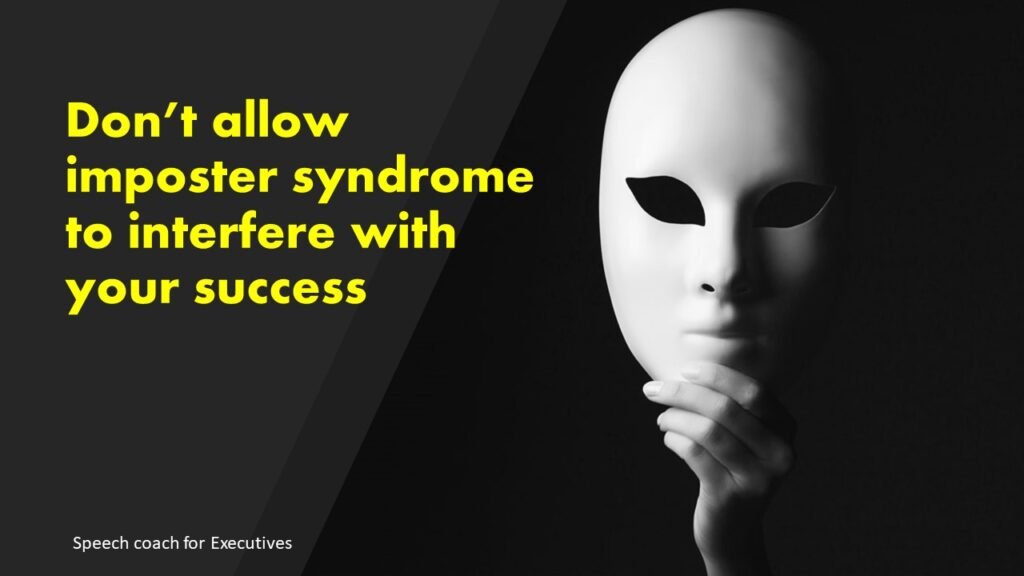What’s the difference between Live, Virtual and Hybrid Presentations

What’s the difference between Live, Virtual and Hybrid Presentations How might you adapt your delivery to the format of the presentation? Let’s consider three presentation formats – in the room, virtual and hybrid. IN THE ROOM (LIVE) This is the traditional way that we are most familiar with, everyone in the same room. The size of the room and nature of the audience makes a difference. Lets examine three scenarios for in-the-room. Small Room When speaking in a small room of 5 to a dozen people, you can speak in a moderate voice and make direct eye contact with each person throughout the presentation. You will get immediate feedback from their body language to gauge the direction of your presentation. This can be conversational. Medium Size Room When you have more than 50 people, you will need a microphone. Don’t yell. Use the mic. Practice with the mic before the presentation and get comfortable with it. You need to put more energy into the presentation and make eye contact around the room. You can use bigger gestures when you speak. Big Stage When you speak to an audience of a few hundred or 1,000’s you are on a big stage. You must get comfortable with the stage before you speak. Get on the stage before anyone is in the room so you become comfortable with the stage. Make friends with the AV people before you start because they can help you, especially when things go wrong. You must use your big voice and big gestures just to be noticed. Use the full stage as you speak. That means moving purposefully about the stage to emphasize key points. Don’t pace nervously. No need to be a rock star, simply be bigger in everything you do in front of the audience. Your pauses can be more dramatic. You need to wait longer for the laugh because it takes time for the humor to traverse the room. Your image will likely be projected onto large screens so the audience can see you. That means they will be watching you on the screen not you on the stage. That means that you need to play to the camera and not the people in their seats. VIRTUAL Presentation The surprise might be how much energy a virtual presentation can suck from you. As the speaker you might feel isolated while you speak to the cold camera because you’re not receiving energy back from the audience. Your audiences need to believe that you are talking to them and making eye contact with them. That means that you can’t look at their images on the screen. You must look at the eye of the camera. Read that again. Eye contact is a perception. When you look at the camera, they believe you are making eye contact with them. And you feel distant. The second energy suck is on the audience side. The camera sucks your energy and magnifies your flaws. You need to put more energy into your words, voice and facial expressions. Your body language is limited to small gestures. HYBRID Presentation Welcome to this strange new world. Hybrid meetings and presentations open new opportunities and present tough challenges. The benefit is that people who would not attend because of distance, timing or personal circumstances can now attend your meeting virtually. This can be a valuable way to be more inclusive with your events. The challenge is that people who attend virtually can feel like second class attendees. With a small group of 10 to 30 it’s easy to make everyone feel included – both live and virtual. With large groups, you must decide which is the primary audience. That might be determined by the ratio of live to virtual. The bigger group is likely your key audience. If your live audience is your primary audience, speak to them while the virtual audience lurks. You can occasionally talk to the camera to include them. If your primary audience is virtual, talk to the camera most of the time. This is the model for TED talks because the vast majority of virtual views surpassed the live audience. Do you need to adapt your presentation to the environment? Yes. You must adapt to audience size and presentation format – In-the-room, virtual or hybrid. Discover The Podcast Questions? Call George Today!
How to Choose Your Executive Speech Coach

When you are looking for an executive speech coach, how do you evaluate your choices? How can you choose the coach that is right for you? Like communication, it’s an imperfect process. Yet, there are principles that you can follow to help you make a better choice.
My Journey to Become a Confident Communicator and Powerful Presenter

I was a shy and introverted student who learned to become more confident and more effective as a communicator and speaker. I’m still an introvert. That means that I can participate in public engagement and then I need alone time to recharge. You can be an introvert and still be a confident speaker.
Communication lessons from Star Trek TNG

The fiction is only one part of the story. The setting is a spaceship, yet the individual episodes are often about relationships and communication challenges.
What might we learn about communication while humans attempt to communicate and forge relationships with alien species about the cosmos?
What is the Divide between Your Intended Message and Your Unintended Message?

So perhaps the first reason why your intended message doesn’t get across is maybe you simply failed to clarify your message before sending clarify your message before you start speaking. And that might mean pausing and thinking before you speak.
Mastering the Art of Leadership: Executive Communication Coaching Uncovered

Mastering the Art of Leadership: Executive Communication Coaching Uncovered Why Exceptional Communication Skills Matter for Leaders In the competitive landscape of the business world, exceptional communication is essential for executives to drive their teams and organizations forward. A leader’s ability to articulate ideas, inspire employees, and resolve conflicts can make or break their success. Executive communication coaching offers personalized guidance and training to help leaders develop and hone their communication skills, empowering them to excel in the boardroom and beyond. Unlocking the Potential: Benefits of Communication Coaching Investing in communication coaching can bring a wealth of advantages for executives, such as: 1. Strengthened leadership skills 2. Enhanced team collaboration and morale 3. Amplified influence and persuasion 4. Improved conflict and crisis management 5. Elevated success in presentations and public speaking engagements Essential Elements of Executive Communication Coaching Executive communication coaching typically addresses several vital areas, including: 1. Clarity and conciseness 2. Active listening 3. Emotional intelligence and empathy 4. Nonverbal communication 5. Storytelling and persuasion Tailored Solutions: Types of Communication Coaching for Executives A variety of communication coaching styles caters to the diverse needs of executives. These include: Public Speaking Coaching Public speaking coaching empowers executives to become more self-assured and effective presenters, whether addressing large audiences or intimate gatherings. This coaching style focuses on techniques to control nerves, engage listeners, and deliver captivating messages. Interpersonal Communication Coaching Interpersonal communication coaching improves an executive’s ability to communicate effectively with team members, peers, and other stakeholders. This coaching covers active listening, rapport building, and conflict resolution. Media Training Media training prepares executives to interact confidently and proficiently with the media, including interviews, press conferences, and social media engagements. This coaching style encompasses developing key messages, handling challenging questions, and projecting a favorable image. Crisis Communication Coaching Crisis communication coaching equips executives with the skills needed to navigate difficult situations and communicate effectively during times of crisis. This coaching focuses on crafting clear, concise messaging, managing stakeholder expectations, and maintaining composure. The Roadmap to Success: The Process of Communication Coaching The communication coaching process typically follows several stages: Assessment At the onset, the coach evaluates the executive’s existing communication strengths and weaknesses, often through observation and/or questionnaires. Goal Setting Based on the assessment, the coach and executive establish specific, measurable improvement goals Skill Development The coach provides tailored guidance and exercises to help the executive cultivate the necessary communication skills to achieve their goals. Practice and Feedback The executive has opportunities to practice their new skills in a supportive environment, receiving constructive feedback from the coach. Evaluation and Ongoing Support As the coaching process progresses, the coach assesses the executive’s improvement and adjusts the coaching strategy accordingly. Ongoing support may be provided to ensure continued growth and success in communication skills. Choosing Your Guide: Tips for Selecting the Right Communication Coach When selecting a communication coach, consider these factors: 1. Experience and expertise: Find a coach with a proven track record in helping executives enhance their communication skills. 2. Coaching style: Choose a coach whose style aligns with your preferences and learning style. 3. Customization: A competent coach will tailor their approach to your specific needs, goals, and learning style. 4. Testimonials and references: Seek testimonials or request references from other executives who have worked with the coach. 5. Compatibility: Ensure you feel comfortable and trust your coach, as this will lead to a more productive and enjoyable coaching experience. Making the Most of Your Executive Communication Coaching To ensure that you fully benefit from your executive communication coaching experience, consider the following tips: 1. Embrace the process: Be open to learning and growing, recognizing that communication skills can always be improved. Maintain a positive mindset and be receptive to feedback. 2. Set realistic expectations: Understand that change takes time and effort. Be patient and stay committed to the coaching process, even if the results aren’t immediate. 3. Apply your learning: Take every opportunity to practice the skills you’ve learned during your coaching sessions. Use your newfound knowledge in real-world situations to reinforce your learning and build your confidence. 4. Track your progress: Regularly assess your development and celebrate your achievements. Keeping track of your growth can help you stay motivated and focused on your goals Stay curious: Continue to explore and expand your communication skills even after your coaching sessions have concluded. Lifelong learning is essential for staying ahead in today’s fast-paced business environment. Beyond Coaching: Additional Resources for Executives In addition to communication coaching, consider leveraging other resources to further enhance your leadership skills: 1. Books and articles: Stay informed about the latest communication strategies and techniques by reading books, articles, and blogs written by experts in the field. 2. Seminars and workshops: Attend seminars and workshops to learn from other experienced professionals and gain fresh perspectives on communication and leadership. 3. Networking and mentoring: Build relationships with other executives who share similar challenges and goals. Engage in mentoring relationships to exchange insights, experiences, and support. 4. Online courses: Take advantage of online courses and webinars to expand your knowledge and skills in communication, leadership, and other relevant areas. By combining executive communication coaching with these additional resources, you can continue to refine your leadership abilities and excel in your career. Conclusion Executive communication coaching is a valuable investment that unlocks the full potential of leaders, equipping them with the skills necessary to inspire their teams and drive success. By engaging in this tailored coaching, executives can refine their public speaking, interpersonal communication, media relations, and crisis communication abilities. To maximize the benefits of communication coaching, be sure to select a coach with the right blend of experience, expertise, and coaching style to suit your needs. Frequently Asked Questions 1. What is the typical duration of executive communication coaching? The duration of communication coaching varies depending on the executive’s needs and goals. Some may see significant improvement within a few sessions, while others may engage in ongoing coaching for months or even years. 2. Can communication coaching benefit executives
How to Build Your Self-Confidence

Self-confidence is the currency of success. It can be a elusive coin. Yet it is critical to life and success.
It can determine the difference between success and failure, happiness and misery, and even life and death. It’s not something that comes naturally, yet it’s a skill that can be learned and improved upon with practice. In this article, we will discuss some practical tips and techniques that can help you build self-confidence.
Executive Presence: Be Fully Present and Look like you Belong

Executive presence is a set of qualities that leaders display in their behavior, demeanor, communication, and appearance. It refers to the way they carry themselves, exude confidence, and project their authority and leadership skills. It is a critical attribute for anyone aspiring to advance to leadership positions in their organization or industry.
How Can Emerging Leaders Deal with Imposter Syndrome?

Imposter syndrome is a psychological pattern in which a person doubts their accomplishments, skills, or abilities and has an internalized fear of being exposed as a fraud or impostor. People with imposter syndrome often feel like they don’t belong or that they have achieved their success due to luck rather than their own abilities.
Who Will Tell the CEO that the Presentation was Lousy?

Everyone makes mistakes when speaking. The problem arrives when the CEO or business leader makes consistent and persistent mistakes while speaking.
How might you as CEO or team leader make less speaking mistakes? Learn from the mistakes of others. Review this compilation of CEO and leadership presentation mistakes that you can avoid. Study this post and learn from the mistakes of others so you don’t repeat them. Does that make sense?
One of the problems is that no one will tell the CEO about their lousy presentation skills. If you are the team leader or CEO and want honest feedback to improve your presentation skills, contact me for honest and constructive feedback.
